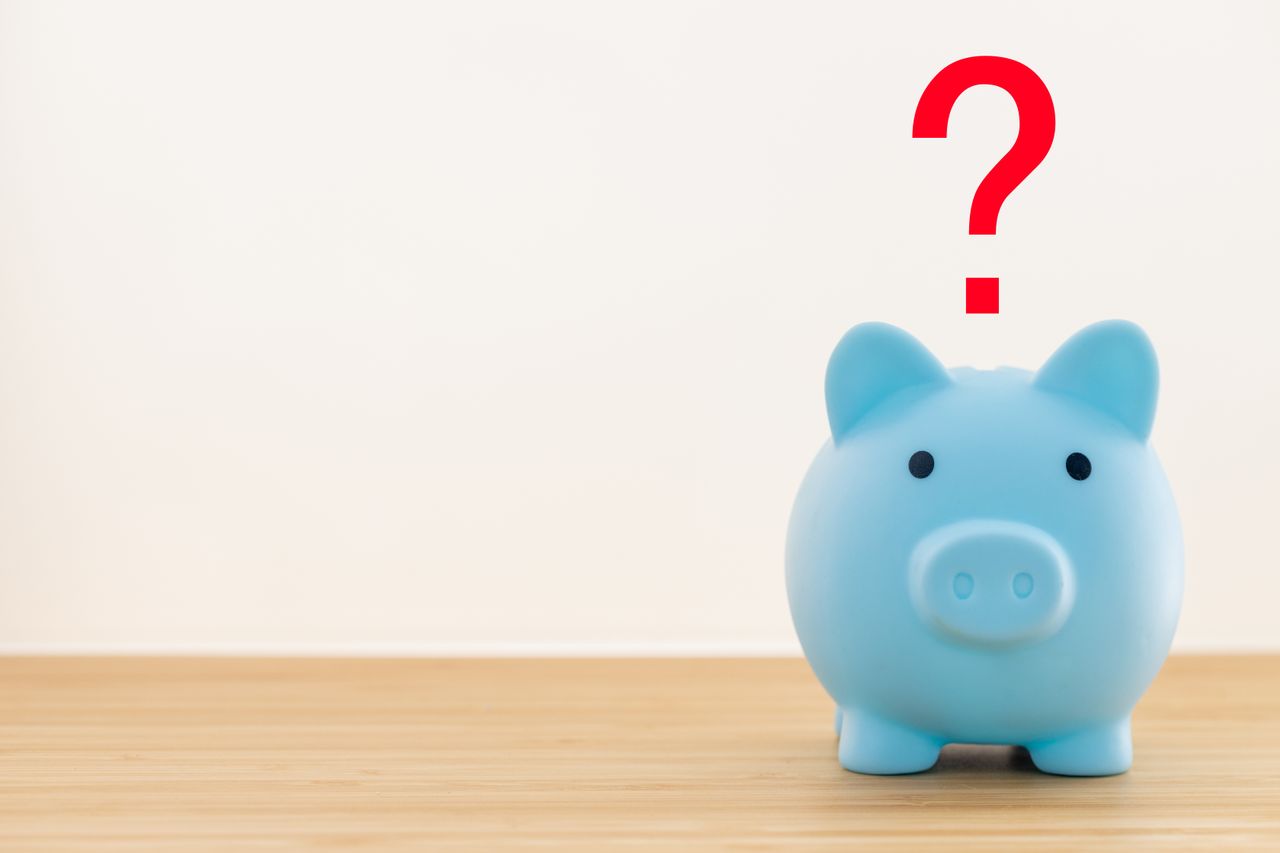
If you're looking for a place to store and grow your savings, you have multiple options. Two popular choices are certificates of deposit and high-yield savings accounts.
Both offer you rates that outpace inflation. Outside of that, they do have distinct differences you'll want to keep in mind when choosing which one works best for your needs.
With these things in mind, we'll take a look at the features of each and what to consider before signing up. That way, you find the right one to grow your savings.
When to choose a CD
A certificate of deposit (CD) is a type of savings account that holds a set amount of money for a fixed period, ranging anywhere from 3 months to 5 years. Unlike high-yield savings accounts, you won’t be able to withdraw cash from a CD before its maturity date. Doing so will result in fees that can offset any interest earned (unless you have a no-penalty CD account).
Usually, CD rates are much higher than rates on traditional savings accounts from brick-and-mortar banks, and in many cases, some of the best CD rates on the market feature an APY of over 4%. Another notable aspect of CDs is that interest rates are locked in when opening a CD account, meaning if the Federal Reserve decides to cut interest rates this fall, it won't impact your term.
Not only should you compare interest rates before opening a CD, but you should also consider any early withdrawal penalties, fees and minimum balance requirements associated with the account, along with the amount of time you’re comfortable locking your cash away.
Because your money is locked away for a fixed time, CD accounts aren't good options for cash you may need quick access to, like money in an emergency fund. What CD accounts are good for is saving for a particular goal, such as a future purchase, like a new car, or an event, like a wedding.
For example, if you know you’re going to buy a car in three years, opening a three-year CD can help build your savings with minimal effort, thanks to compound interest, and also help you resist the temptation to spend your cash.
CDs offer a fixed, predictable rate of return on your savings. Our savings calculator tool can help you determine just how much you’ll earn in compound interest once your CD reaches maturity.
When to choose a high-yield savings account
A high-yield savings account functions in the same way as a traditional savings account, but with one main difference: High-yield savings accounts pay a higher-than-average APY on deposits.
In fact, many of the best high-yield savings accounts offer well over 4%. However, unlike CDs, rates on high-yield savings accounts are not fixed, meaning if the Fed cuts rates in the future, your savings rate will drop too.
As with CDs, before opening a high-yield savings account, be sure to review any fees or balance requirements associated with the account.
You can shop around and find the right account quickly, using this Bankrate tool:
There’s no term length with a high-yield savings account, as funds in the account are readily accessible. Unlike CDs, you won’t be charged a fee for withdrawing your cash.
Because of this, high-yield savings accounts are better suited towards savers who want quick access to their money, should an emergency arise.
And they're convenient for savers looking to add regular deposits. You can set up automatic transfers from your checking account to your savings to meet future goals.
Bottom line on CD vs. high-yield savings accounts
Both options help you grow your money and outpace inflation.
CDs work best if you can put aside a portion of your money and not touch it for a specified time. They're also wise choices for savers looking to lock in a high rate if the Fed cuts rates this fall.
Meanwhile, high-yield savings accounts work better for people who want to earn a high rate of return, but also want quick access to their cash. In either case, make sure to shop around to find the best rates, and pay close attention to any fees associated with the account.







